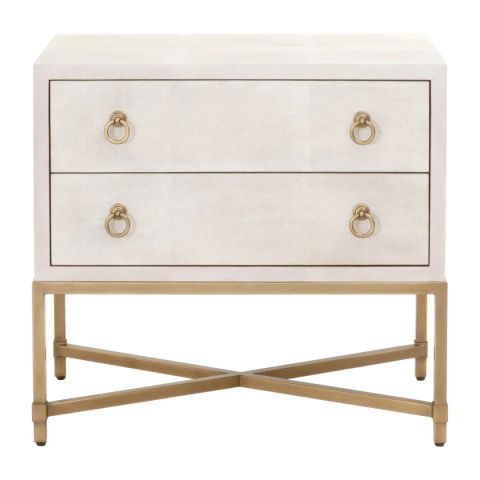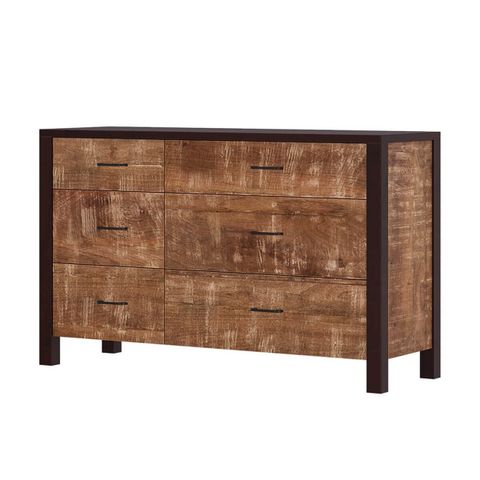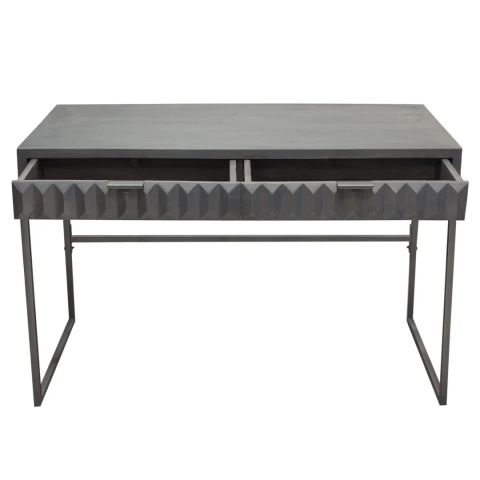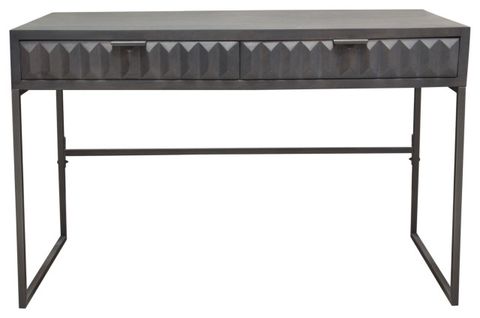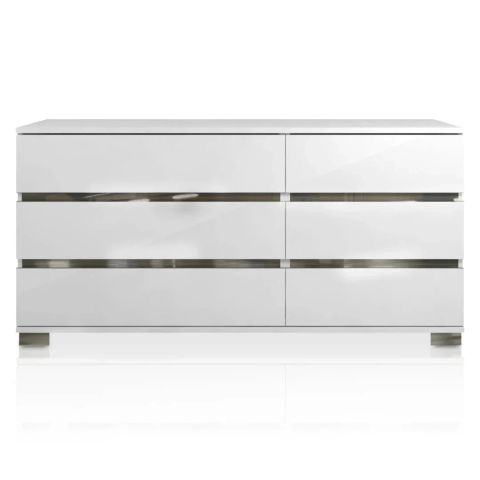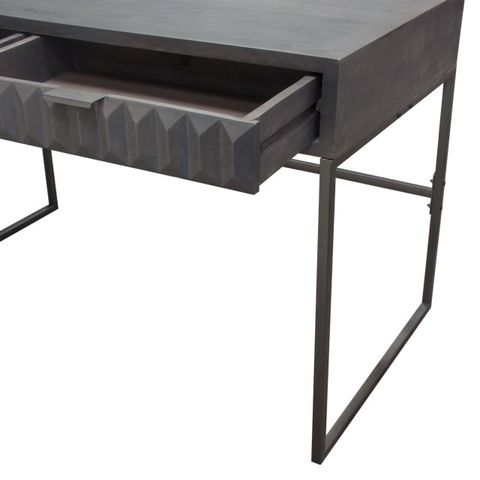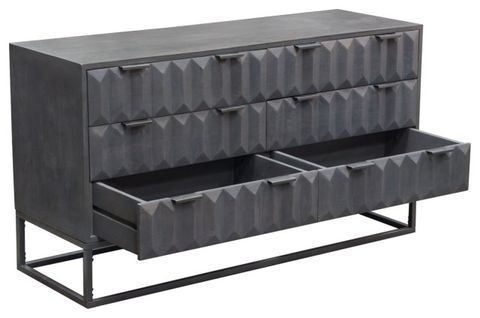A dresser isn’t just a piece of furniture—it’s a cornerstone of organization and style in your bedroom. Whether you’re moving into a new place or refreshing your existing setup, choosing the right dresser requires thoughtful consideration. It’s not just about finding something that holds your clothes and accessories. You want something that works with your lifestyle, fits your space, and reflects your personal taste. This guide will walk you through everything you need to know to make that decision with confidence.
When it comes to bedroom furniture, few pieces are as versatile and essential as the dresser. It’s where we keep our clothes, our jewelry, our daily essentials, and sometimes even our hopes and dreams. But choosing the right one can feel overwhelming. There are so many styles, sizes, and features to consider. What if you’re looking for something that blends seamlessly with your existing decor? Or maybe you need maximum storage in a small space? Perhaps you’re dealing with a growing family and need something that can evolve with your needs. These are all valid concerns that every person faces when shopping for a dresser. The good news is that with the right approach, you can find a piece that feels like it was made just for you. Let’s dive into what makes a great dresser and how to select one that truly works for your situation.
Understanding Your Storage Needs
Before you even step into a furniture store, take some time to think about what you actually need to store. Consider how many people will be using the dresser, how much clothing you have, and whether you need extra space for items like linens, shoes, or seasonal items. A simple way to start is by doing a quick inventory of your current wardrobe. Are you someone who owns a lot of hanging clothes? Then you might need a dresser with good drawer space for folded items and perhaps some shelving. If you’re more of a minimalist, you may prefer fewer drawers and a cleaner look. Think about your daily routine too. Do you need easy access to certain items? Maybe you want to keep your favorite shirts in the top drawers. Understanding these details helps narrow down options and ensures you don’t end up with a piece that’s too big or too small for your actual needs.
Measuring Your Space Carefully
This might seem obvious, but it’s one of the most common mistakes people make when buying furniture. You wouldn’t buy a couch that’s too big for your living room, would you? The same principle applies to dressers. Measure the space carefully before you even begin browsing. Take note of the width, depth, and height of the area where the dresser will go. Also, consider the clearance needed around the piece—typically 6 inches on each side for easy access. Don’t forget to account for any obstacles like windows, doors, or electrical outlets. It’s also smart to measure the doorway or hallway if you’ll need to move the dresser through tight spaces. A dresser that looks perfect in a catalog might not fit perfectly in your room. Having accurate measurements prevents disappointment and saves you from having to return or modify furniture later.
Choosing the Right Style and Design
Style matters, especially when it comes to bedroom furniture. You want something that matches your aesthetic and enhances your overall bedroom design. Are you drawn to modern lines and clean surfaces? Or do you prefer traditional wood tones and classic details? Think about your bedroom’s existing elements—the color scheme, textures, and overall vibe. Does your room have a rustic feel with exposed brick walls and wooden accents? Then a solid wood dresser might fit perfectly. If your space leans toward contemporary with sleek finishes and minimalism, a dresser with smooth surfaces and subtle hardware could be ideal. Consider the proportions too. A large, ornate dresser might overwhelm a small bedroom, while a tiny dresser might get lost in a spacious room. The goal is harmony between the furniture and your environment. Look at photos online or visit showrooms to see how different styles work in real spaces.
Material Matters for Durability and Maintenance
Not all dressers are created equal when it comes to materials. The type of material affects both the look and longevity of your piece. Solid wood is often considered the gold standard for durability. It’s strong, can last decades, and develops character over time. However, it also requires more maintenance and can be sensitive to humidity changes. Wood veneers offer a similar appearance at a lower cost, though they’re not as sturdy. Metal dressers can add industrial flair and are usually very durable, but they might not suit every interior style. Particle board and MDF are affordable options but aren’t the most durable. They’re fine for light use and temporary setups. When choosing materials, think about your lifestyle and how much maintenance you’re willing to put into keeping the piece looking good. A high-quality material investment pays off in the long run, especially if you plan to keep the dresser for years.
Functionality Features to Consider
Today’s dressers come with all sorts of useful features that go beyond basic storage. Some have built-in organizers like shoe racks, jewelry trays, or even compartments for accessories. Others might include additional features such as mirrors, lighting, or hidden compartments for valuables. Think about what would make your daily routine easier. If you have a lot of jewelry, a dresser with a dedicated jewelry tray or drawer might be worth considering. For those who love to organize their socks or underwear by color, a dresser with multiple small drawers could be perfect. Some newer models even feature adjustable shelves, allowing you to customize the internal space. The key is matching functionality to your actual habits and preferences. Don’t pay for features you won’t use, but also don’t overlook ones that could genuinely improve your life.
Budget and Value Considerations
You’ve probably heard that quality costs more, and that’s true in most cases. But it’s not always about spending the most money. Sometimes, a mid-range dresser with good construction and appropriate features can give you better value than an expensive piece that doesn’t meet your needs. Set a realistic budget early on, then shop around for the best combination of price, quality, and features. Keep in mind that you might need to compromise on certain aspects to stay within budget. Maybe you’ll choose a simpler style or skip some fancy features. But remember, a dresser is a long-term investment. It’s worth spending a bit more if it means you won’t need to replace it in a few years. Shop during sales, check out outlet stores, or consider buying gently used pieces from trusted sources. Just make sure to inspect them carefully before purchasing.
Choosing the right dresser is about more than just picking something that looks nice. It’s about finding a solution that works with your life, fits your space, and supports your daily routines. By taking time to assess your needs, measure your room, and consider your style and budget, you’re setting yourself up for success. Remember, there’s no one-size-fits-all answer. What works for your neighbor might not work for you. Trust your instincts, do your research, and don’t rush the process. A well-chosen dresser can transform your bedroom and make getting dressed each morning feel more pleasant. Take the time to make this important decision thoughtfully, and you’ll likely find yourself enjoying your new piece for years to come. The journey to finding your perfect dresser might take a bit of effort, but it’s worth every moment of consideration.

